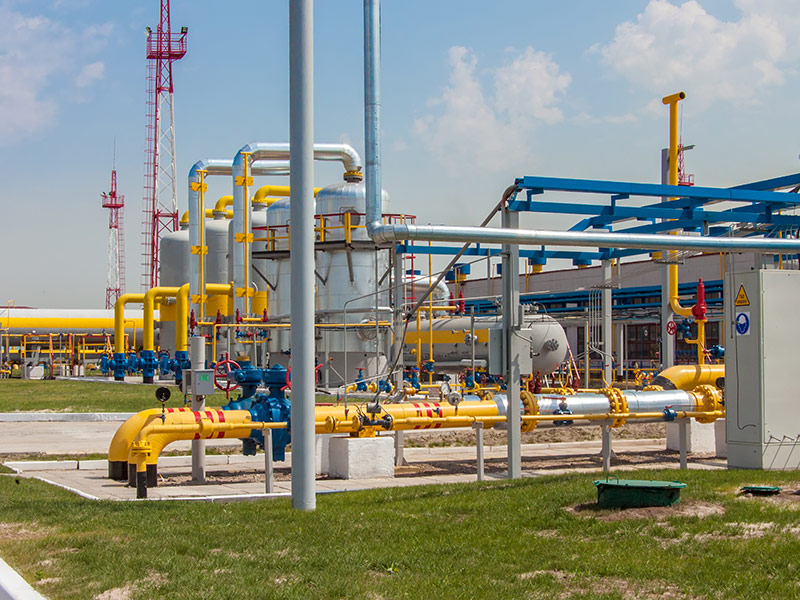
"We have been dealing with compressed gases since twenty years, partnering with global top type I cylinders (all steel), type II (steel with polymer cladding of parts of the cylinder) and type IV (manufactured entirely in non-metal materials) manufacturers."
TiApm products comply with all applicable legislation and, at the same time, maximize performance with the lowest tareweight available, increasing product efficiency and assuring the client an actual competitive advantage.
We also manufacture and supply self-carrying semitrailers for medium pressure (65÷70 bar) compressed gas (usually CNG/CBG and helium) for special applications, including raw biogas.
The battery vehicles are used for the transport and distribution of high-pressure compressed gases (typically 200 ÷ 300 bar, today for hydrogen up to 380 bar) in large quantities (unlike tanks and bundles); depending on the gas transported, the type of distribution and organizational needs, various solutions are possible:
- Detachable Multiple Elements Gas Containers (MEGC): they allow the transport of medium/high quantities of gas while maintaining a high degree of flexibility; it is in fact possible to transport them with a normal container vehicle (usually 20 ft). The latter, if equipped with full air suspension, can autonomously unload the full MEGC and withdraw the empty one without lifting equipment, simply by acting on the suspensions of the vehicle itself.
- Battery vehicles (with pressure pipes): they are high-pressure vessels (usually 200 ÷ 250 bar) with high unit volumetric capacity (1,500 ÷ 2,500 lt each). They allow high capacities and high stability on the road (the centre of gravity is low). Each unit is optimized according to the gas transported and the legislation of the country of destination.
- MEGC with pressure cylinders: These represent the solution (among those with cylinders entirely made of steel) which allows the greatest payload. The cylinders can have unit capacities from 40 to 160 lt and operating pressures from 200 to 300 bar. They are installed on frames that meet the needs of the specific country of destination (permissible load, type of axles and suspensions, etc.)
- CGEM in composite material: Type IV cylinders, with non-metallic liner and carbon fibre wrapping, allow high operating pressures (250 ÷ 380 bar) with the cylinder's own weight less than half of the corresponding Type I cylinders (all made of steel). Therefore, the units composed with type IV cylinders allow to transport quantities of product that are unattainable for the other types. The typical configuration is a 20 ft module (which can be loaded like a container and possibly grouped two by two on a semitrailer or with a lifting hook) or a fixed semitrailer.